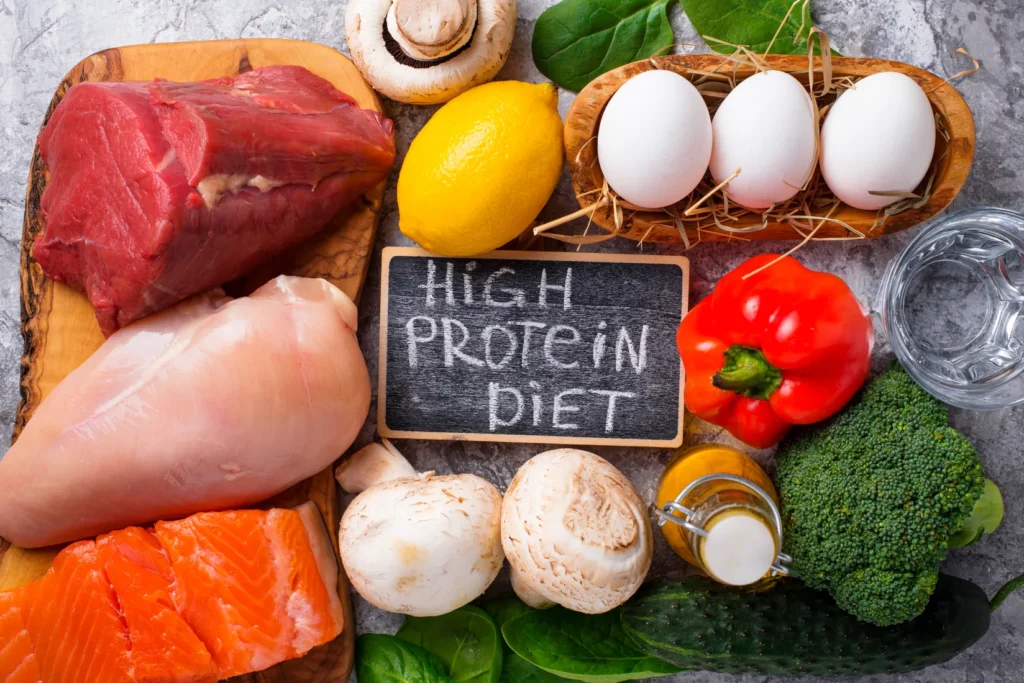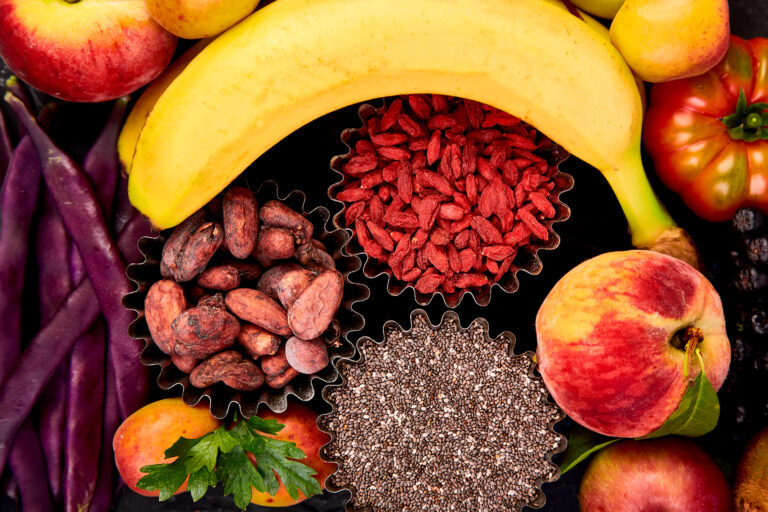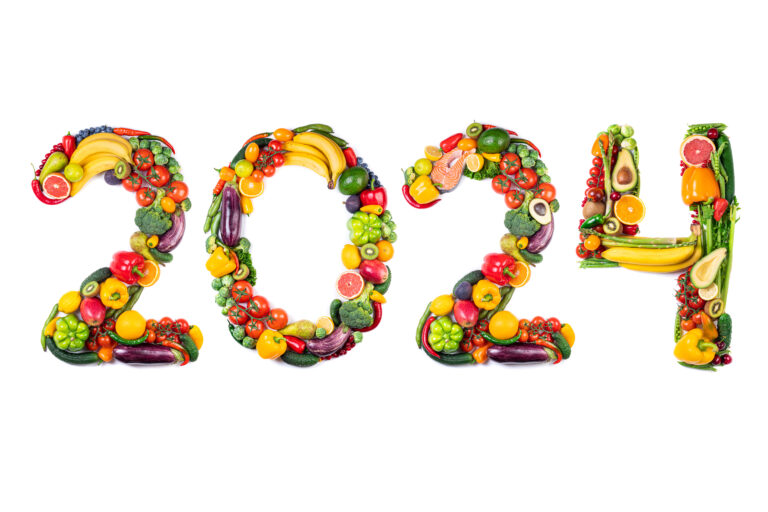There is a solid reason why protein is so often touted as the essential component of a nutritious diet. It is essential to maintaining many biological activities, including restoring damaged muscle tissue, maintaining a healthy immune system, and manufacturing enzymes and hormones. Eating protein-rich foods helps you feel full and satisfied longer, makes it easier to maintain a healthy weight, and improves your general health and well-being. In this piece, we’ll look at ten delectable and wholesome high-protein diet meals that may help you take your nutrition to the next level.

The Importance of Protein in Your Diet
First, To understand why protein is important, let’s go through the protein-rich foods. Amino acids are the fundamental structural components of our bodies, and proteins are made up of these acids. It has a role in everything from healing cells to growing muscular tissue to stimulating the metabolism, among other things. Your ability to maintain a healthy weight, feel invigorated, and support the body’s everyday activities directly correlates to the quantity of protein you consume via your diet.
Salmon: A Protein-Packed Superfood
Health Benefits of Salmon
Salmon is sometimes lauded as a “superfood” owing to its high protein content and the amount of omega-3 fatty acids it contains. Salmon is a fantastic option for those who want to increase their protein consumption since it contains roughly 22 grams of protein in a serving size of 3 ounces. Salmon is a good source of omega-3 fatty acids, which promote healthy heart and brain function and reduce inflammation. You may have this delicious fish grilled, roasted, or even prepared as sashimi.
Lean Chicken Breast: A Lean Protein Source
Benefits of Lean Chicken Breast
A lean and healthy source of high-quality protein is chicken breast, in particular, the form that is skinless and boneless. It may be made in a wide variety of ways, all of which can be tailored to the specific preferences of the one eating it. Chicken breast, which contains roughly 31 grams of protein per 3.5 ounces, may help construct new muscle and maintain one’s current weight. In addition, it is an option that is low in fat and may be included in a well-balanced diet.
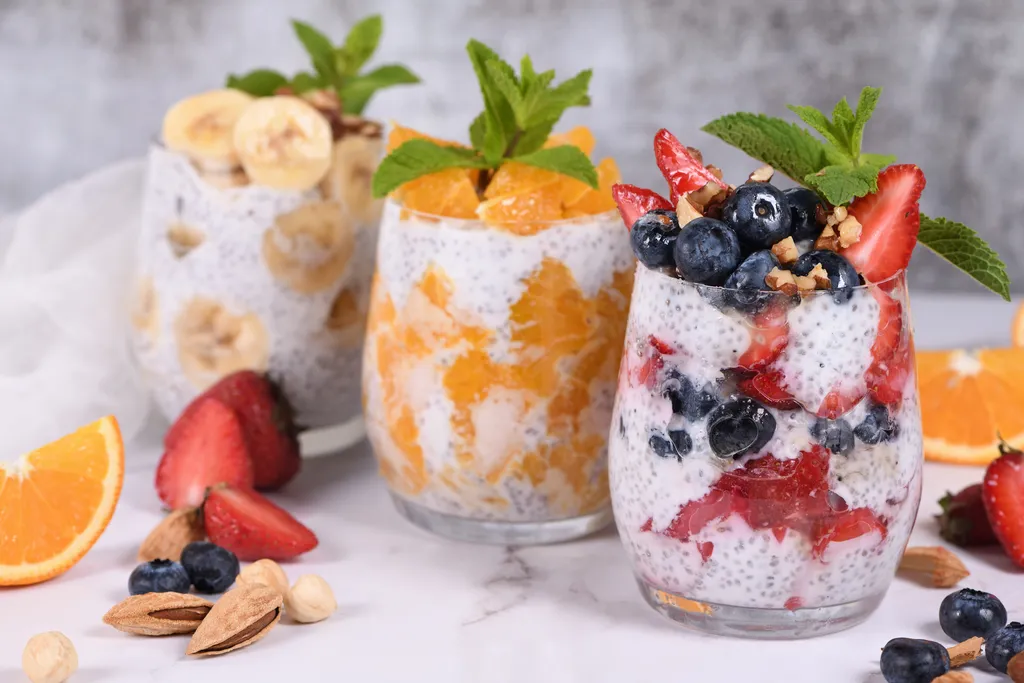
Greek Yogurt: Creamy and Protein-Rich
Why Greek Yogurt is a Nutritional Powerhouse
In addition to being velvety and delectable, Greek yogurt is an excellent source of protein. Greek yogurt’s protein content may range from 10 to 15 grams in a single serving size. In addition, it is abundant in probiotics, which are beneficial to the health of the digestive tract, and it supplies the required vitamins and minerals. You may have Greek yogurt for breakfast, as a snack, or as the foundation for a creamy salad dressing.
Quinoa: The Protein-Packed Grain
Quinoa’s Remarkable Nutritional Profile
Quinoa is a grain that can be used in various ways and is cherished for its remarkable amount of protein. Those searching for plant-based protein sources will find it an excellent alternative since one cup of cooked vegetables has around 8 grams of protein. Because it does not contain gluten, quinoa is a good option for those who must adhere to certain diets. Instead of rice, you may use it as the foundation for grain bowls, salads, or even a side dish.
Tofu: A Plant-Based Protein Alternative
The Versatility and Benefits of Tofu
Tofu, derived from soybeans, is a food high in protein and may be used in various ways. Approximately 15 grams of protein may be found in each serving size of 4 ounces. Not only can you get protein from tofu, but it’s also a good source of vital minerals like iron and calcium. Because of its subtle taste, it may be included in savory and sweet recipes, including stir-fries and smoothies.
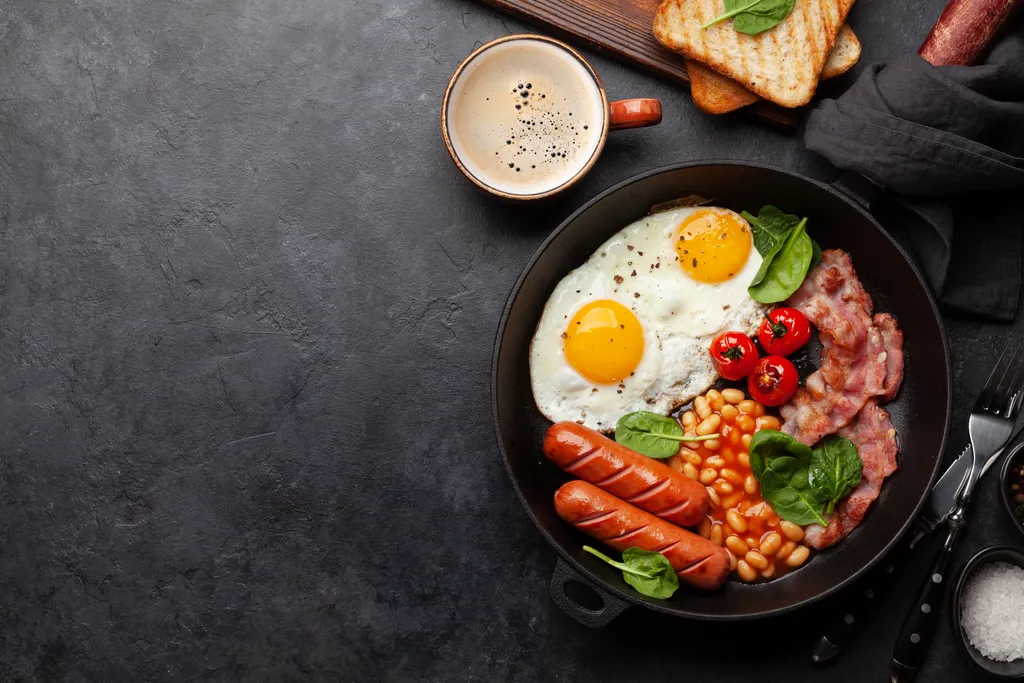
Eggs: The Protein-Rich Breakfast Staple
Eggs – More than Just Protein
Eggs are a common component of morning meals; one big egg contains around 6 grams of protein. In addition to being an excellent protein source, eggs are an abundant source of choline, an essential vitamin for maintaining the brain’s health, and antioxidants such as lutein and zeaxanthin, which are beneficial to the eyes. For a fast bite to eat that’s packed with protein, try making scrambled eggs, crafting an omelet, or just boiling some eggs.
Lentils: A Protein-Packed Plant Food
The Nutritional Benefits of Lentils
Lentils are a kind of legume known as a legume. They are noted for their high protein content and their nutritional benefits. When cooked to a cup’s volume, they provide around 18 grams of protein. In addition, lentils have a high fiber content, which makes digestion easier and keeps blood sugar levels more stable. They are versatile in various dishes, such as salads, stews, and soups.
Almonds: A Healthy Protein-Packed Snack
Why Almonds are a Nutrient-Dense Choice
In addition to being a satiating snack, almonds are a good source of protein from plants; one ounce contains around 6 grams of protein. In addition to this, they contain a plentiful supply of beneficial fats, fiber, and a wide range of vitamins and minerals. The crunchiness of almonds makes them an excellent addition to salads and yogurt and a handy and healthful on-the-go snack.
Spinach: A Protein-Rich Leafy Green
The Protein Content of Spinach and More
Spinach, which is often praised for the vitamins and minerals it contains, also has a surprising amount of protein as well. When cooked, one cup of it has around 3 grams of protein in it. People who want to boost the amount of protein in their diet that comes from vegetables can consider eating spinach. To increase your daily dose of protein, include it in smoothies and salads, or prepare it in a sauté pan as a side dish.
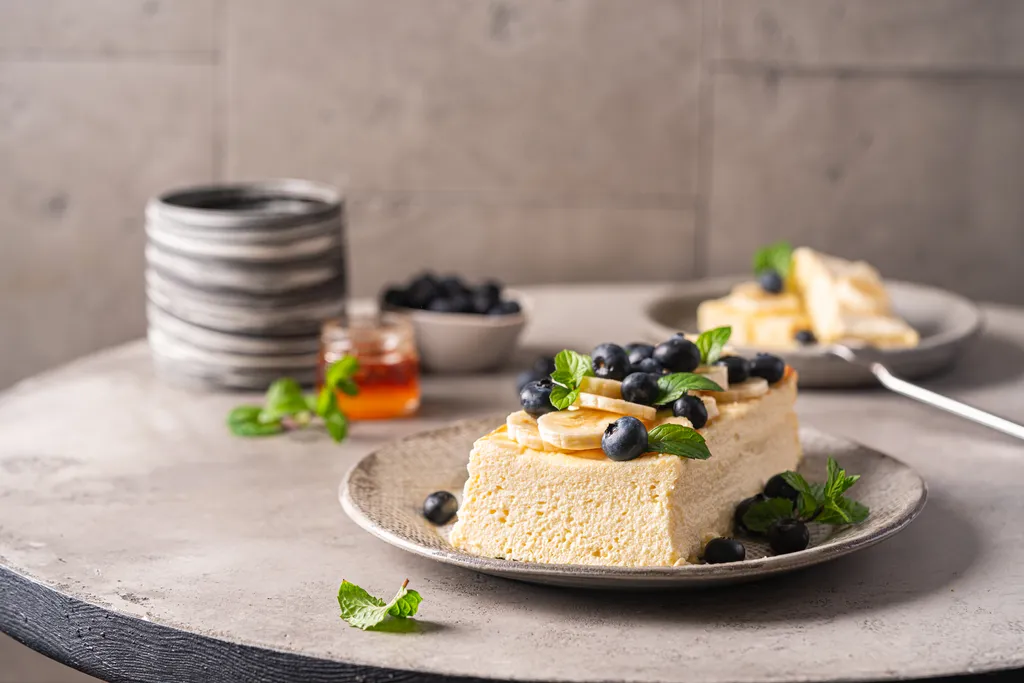
Cottage Cheese: A Low-Fat Protein Option
Why Cottage Cheese is a Wise Choice
Cottage cheese is a well-known dairy product for its high protein content. One serving of cottage cheese has around 14 grams of protein on average. In addition, it is an excellent source of calcium and several other important elements. Cottage cheese is a versatile ingredient that may be consumed on its own, combined with other foods, or used as a topping for savory recipes like baked potatoes.
Conclusion: Delicious and Nutritious Protein
The things you eat on a high-protein diet don’t have to be tasteless and uninteresting just because you’re trying to stick to a routine. The ten possibilities described here may increase protein and several other health advantages and bring diversity to your diet. These high-protein meals may help you fulfill your nutritional objectives while also exciting your taste senses, and they come in a variety of different forms, including lean meats, plant-based choices, and dairy products.
FAQs
Q1: Is it possible for me to acquire adequate protein by eating just plant-based foods?
To answer your question, yes, receiving an acceptable quantity of protein from a plant-based diet is possible if you include foods like tofu, quinoa, lentils, and almonds in your eating plan.
Q2: Is it possible to ingest an excessive amount of protein?
Even while protein is necessary, eating too much of it might negatively affect your health. Discussing your protein requirements with a qualified medical professional is highly recommended.
Q3: Is losing weight while adhering to a protein-based diet possible?
Diets high in protein may be helpful for those trying to lose weight because they increase feelings of fullness and help preserve lean muscle mass.
Q4: What innovative approaches may I take to increase the amount of protein in my diet?
Experiment with protein-rich meals by blending them into smoothies, adding them to salads and creating original dishes that call for these components.
Q5: Are any food allergies more likely to be triggered by foods heavy in protein, such as nuts and soy?
Certain people can be allergic to protein-rich foods like peanuts or soy. If you think you may have an allergy, you should get advice from a qualified medical expert.

